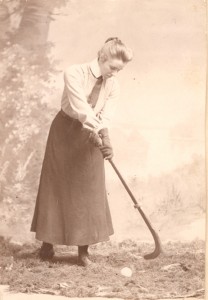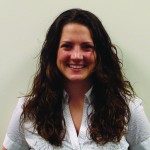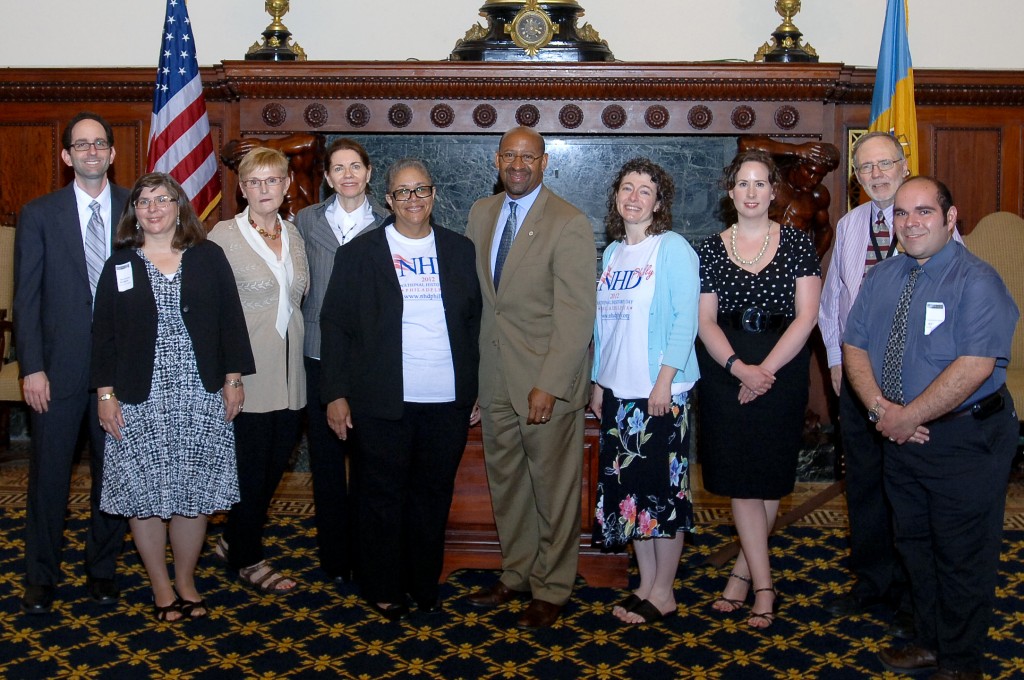 This blog post has been written by Adrian Wieszczyk, a student at Temple University who is currently completing her training to become a high school teacher. Adrian is one of three students this year who used our collections as part of the National History Day Philly Cultural Collaboration Initiative. As with our other participants, we thank Adrian for her hard work and wish her all the best with completing her studies!
This blog post has been written by Adrian Wieszczyk, a student at Temple University who is currently completing her training to become a high school teacher. Adrian is one of three students this year who used our collections as part of the National History Day Philly Cultural Collaboration Initiative. As with our other participants, we thank Adrian for her hard work and wish her all the best with completing her studies!
My name is Adrian Wieszczyk and I am a student at Temple University. I have had the pleasure to work with Bryn Mawr College this semester through a field work internship. Through my experience I have felt very welcomed and aware of the resources and tools that Bryn Mawr provides, due to the helpful staff. As a result, I have discovered primary documents within the special collections that have potential to help teachers use primary documents within their classroom. The intended outcome of this internship through Temple was to introduce me to working with museums or archives as a future teacher and become more aware of resources provided. As for Bryn Mawr, my project was to create a lesson plan for their website using documents within their special collections. I believe that this project is very helpful for teachers, considering many teachers are unable to look through the rich resources and documents that institutions carry.
My particular focus was the female culture and role in the Prohibition era. I chose this topic because I found a few interesting documents that were published in Bryn Mawr’s Lantern of 1922-24 that discussed different perspectives and beliefs about the Prohibition. Unfortunately, I was unable to discover all of the documents and resources on the prohibition because of the time restraint but I was still able to take advantage of the documents I did find. My finalized project is a lesson plan called women in the prohibition. This lesson teaches the different organizations and cultures of females during the prohibition. For instance, the Women’s Christian Temperance Union, Women’s Organization for Prohibition Reform, and the cultural perspective of a “Flapper“. I really enjoyed researching these organizations as well as creating a lesson plan to further student’s knowledge of the female role in the prohibition.
Overall this experience has furthered my knowledge and skills as a student and as a future teacher. I have enjoyed developing relationships with the staff at Bryn Mawr as they have been extremely welcoming and helpful. I have learned a great deal about Bryn Mawr and other institutions in regards to getting involved as a future teacher. This knowledge will help me as I create lesson plans for my classroom and use the resources and primary documents that institutions, like Bryn Mawr College, carry and provide. I look forward to keeping in contact with Bryn Mawr College and using their digital archives to improve my upcoming lessons.






